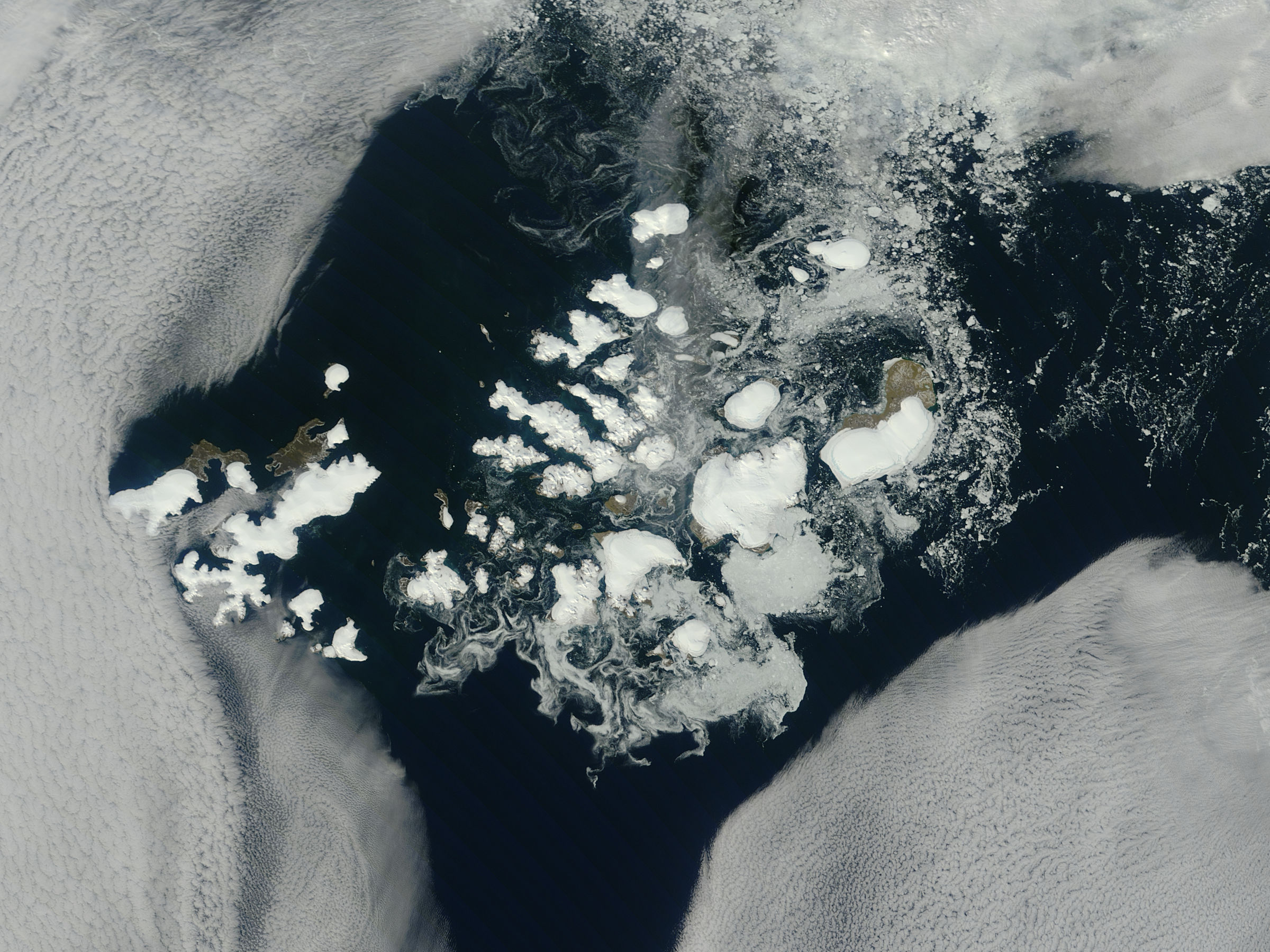Scientists just discovered that parts of the Arctic are heating up even faster than we thought
A new data set from Svalbard and Franz Josef Land shows just how fast the Barents Sea is heating up.

Newly available data shows that temperatures in the Northern Barents Sea have risen even faster than scientists had previously believed.
An analysis of the new data, published last week in the journal Scientific Reports, found that temperatures in the region rose by up to 2.7 degrees Celsius per decade, while autumn temperatures rose by a staggering 4 degrees C per decade in some places.
The data covers a period from 1980 to 2020 and comes from automated weather stations in two Arctic archipelagos, Norway’s Svalbard and Russia’s Franz Josef Land. Researchers compiled those observations — some of which weren’t previously available to the public — and subjected them to quality control measures.
What they found was heating “greater than hitherto known in this region and exceptional on the Arctic and global scale.”
“We expected to see strong warming, but not on the scale we found,” Ketil Isaksen, a researcher with the Norwegian Meteorological Institute who led the study, told The Guardian.
The study also also compared the new data with observations of sea ice and found that the link between surface air temperature and sea ice cover was stronger than previously understood.
That’s especially troubling, the magazine Grist points out, because of a body of research that’s increasingly linking the retreat of sea ice in places such as the Barents and Bering seas to extreme weather events further south.